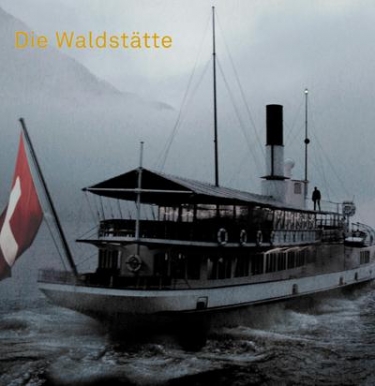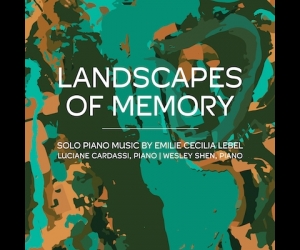
Steam-powered engines appeal to the imagination. As an energy source steam is definitely a thing of the past, and compared to sources developed after it, it is inefficient, noisy, and smelly. Maybe that is exactly what the appeal is based on. That, and the design of the engines themselves—bulky, but full of incredible implements and devices, tubes and valves. Very impressive, they evoke an era of engineering that appears phantasmagorical and primitive in comparison to the extreme miniaturization of this present age, and the slickness of contemporary industrial design. Nostalgia is without doubt a significant factor in the appeal of these machines.
And so, steam locomotives have re-entered service in Europe, especially on tracks going through landscapes and villages reminiscent of olden times. Ships with original steam engines are also still in use as potent tourist magnets. Five paddle-steamers traverse the cross-shaped Lake of Lucerne in Switzerland. Ferrying people across, they do serve a practical purpose: driving around the lake to get to a place on the opposite shore can be a lot more time-consuming and bothersome. But, undeniably, sailing the water surrounded by the mountainous scenery adds to the experience.
Those ships are what inspired the Swiss filmmaker, sound recordist, and label manager Cyrill Schläpfer to create aural portraits of five steamboats in Waldstätte, a sumptuous box set presenting four sonic perspectives on the topic. Listening through them is like adjusting binoculars to get an increasingly detailed and analytical view. In reverse order: the last disc, entitled Das Lexikon, is a field guide comprising the characteristic sounds of each of the ships in ninety-seven separate cuts, ending with the horn signals of two motorboats also navigating the lake; disc three is made up of sound portraits of the steamers; disc two features impressions of the various soundscapes to be heard on board and around the ships; and on the first disc Schläpfer has composed a musique concrète symphony from these source recordings.
Over the years he has clearly compiled a huge array of compelling material, laid out in all its variety on the field guide. It ranges from the chugging of the engines' cylinders and the relief of pressure from pipe systems to communication signals on board, horn signals, chains rattling, and water being churned by the paddles. But he has also recorded the ambience of the ships: the chitchat of travellers, church bells from villages, water birds, and thunderstorms reverberating mightily between the mountainsides around the lake. One track stands out: twenty-four minutes of the steam engine driving the ship Unterwalden, recorded at different spots. This track sounds like a piece in itself, composed with sounds of escaping gas, set off by clacks and ticks in all kinds of rhythms. These are the components of the other three discs, mixed and processed to construct the sound compositions.
Each of the four discs is enjoyable in its own right. The individual sounds (or sonic events—they often consist of sounds from more than one source) are wonderful in their evocative detail, their depth, and their stunning diversity. Apparently there are countless ways in which these boats can chug and puff, to pinpoint just one sonic area highlighted in Das Lexikon. Schläpfer has been quite sensible in turning the building blocks into two documentary approaches. It is as if he has turned the material inside out, sculpting with it in order to achieve decidedly dissimilar results. The one approach results in portraits of the individual boats, while the other features the soundscapes concocting impressions of the ambience on board and on shore. Listening gives you a sense of experiencing the boats from different angles, with a totally different feel, especially when Schläpfer adds environmental sounds such as bird calls, a ferocious thunderstorm, or a distant pealing bell.
The crowning achievement, however, is the concrète symphony that Schläpfer composed with these selfsame sounds, playing with their tonal and harmonic content. He pitches horn signals and whistles up and down to create melodies, which surface from time to time on the choppy expanse of chugs, rattles, and sounds that have been warped beyond recognition. Underpinning all of this is a recurrent deep moaning reminiscent of whale song, a sound that one may also come across when waves make ships' hulls grate along one another. It is in such moments that the steamboats take flight into dreamlike regions, cut loose from their everyday chores on the lake.
The first three discs have a DVD counterpart. The sonic content on these discs is identical to that on the CDs, but when viewed on a monitor a series of photographs appear in a continuous slide show. Although most of them are beautiful images, they do at times, owing simply to the distraction they create, undercut the magnificence of the sound.


